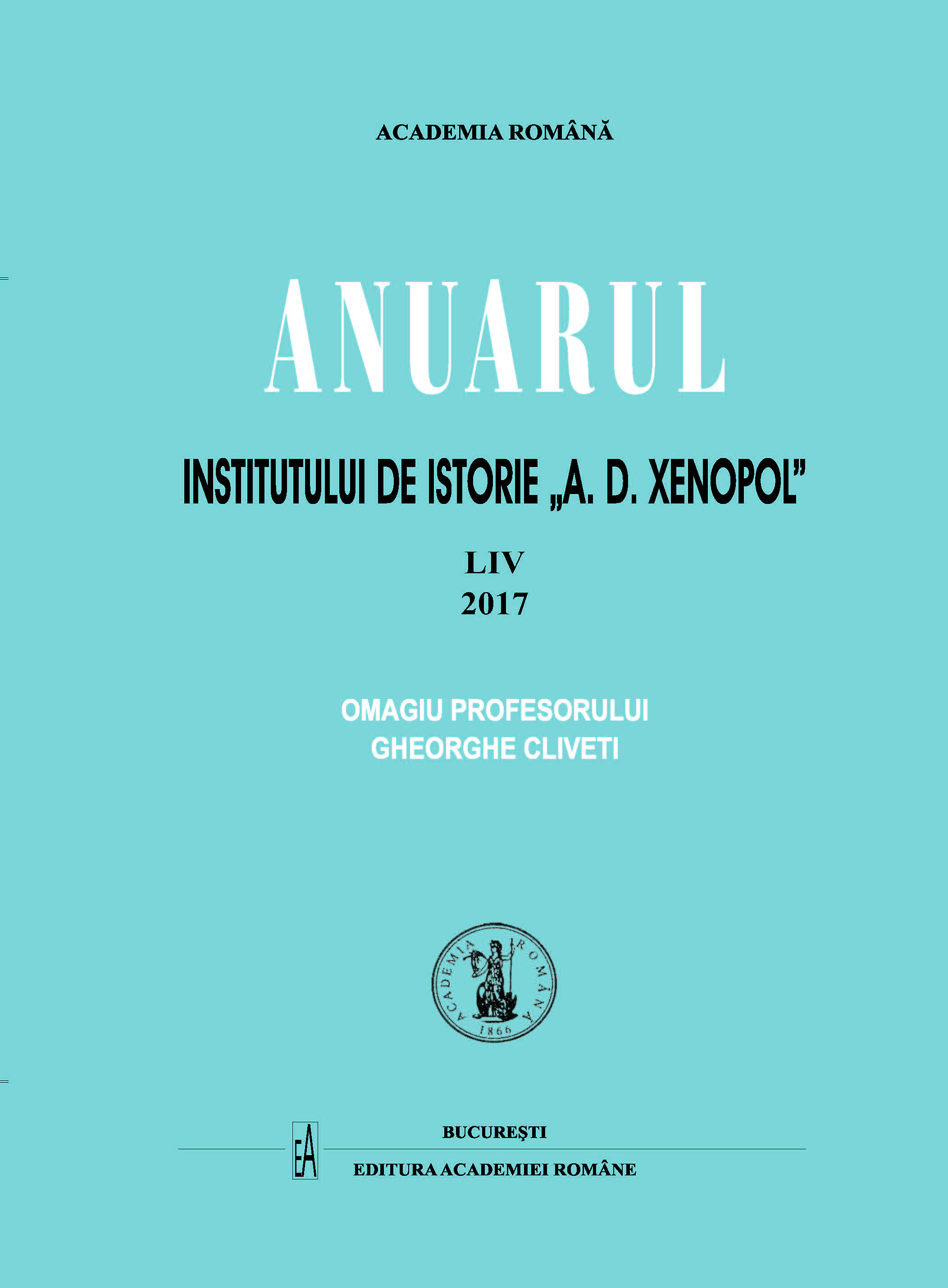COSTUMUL „NAŢIONAL” ROMÂNESC: GENEZA UNUI SIMBOL IDENTITAR
ROMANIAN “NATIONAL” COSTUME: GENESIS OF AN IDENTITY SYMBOL
Author(s): Cătălina MihalacheSubject(s): History
Published by: Editura Academiei Române
Keywords: Tradition; folk art; national symbol; modernity; patronage
Summary/Abstract: The study proposes an excursion in the history of how the specific folk costume has been perceived, from a social mark deprived of prestige, to a symbol of the Romanian nation, adopted and promoted by the elite of the society and by the institutions of the modern state. The stimulus of these shifts is to be placed around 1830−1840, with both cultural and political grounds. The western look upon the pre-modern Romanian society and then its appro-priation by the local aristocracy, educated in the European academic centres of the time, seem to have originated the phenomenon. Each of the great political movements of the century provided further motivation for the transfiguration of the folk costume, which was given new and new values on the occasion of the 1848 Revolution and of the unionist movement, at the beginnings of the Romanian Principality, when state independence was gained, and culminating with the Great Union of 1918. All along this way, a decisive role was played by the ladies educated in the spirit of the romantic and civic patriotism characterizing the second half of the 19th century, particularly the Princesses of Romania – Elena Cuza, Elisabeta, Maria and her daughters – who actually institu-tionalised the new symbolism of the Romanian costume. Although at its origins it had been the product of a modest, anonymous world, clearly differentiated from the urban and nobility elites, the costume in question became, over several generations, an object of institutionalised trading, protection and promotion. Its establishment and canonization as an emblem of the Romanian ethnicity and state started by means of private initiatives – private collections, cultural or charity settlements, organization of exhibitions, competitions, costume parties and patriotic festivities –, which never disappeared completely, but the process was finalized with the contribution of the public (especially school) institutions, which imposed catalogues of models, regulations of production and exhibition, forms of certification of the skills needed for the transmission of folk and national art, etc.
Journal: Anuarul Institutului de Istorie »A.D. Xenopol« - Iaşi
- Issue Year: LIV/2017
- Issue No: 54
- Page Range: 207-228
- Page Count: 22
- Language: Romanian

